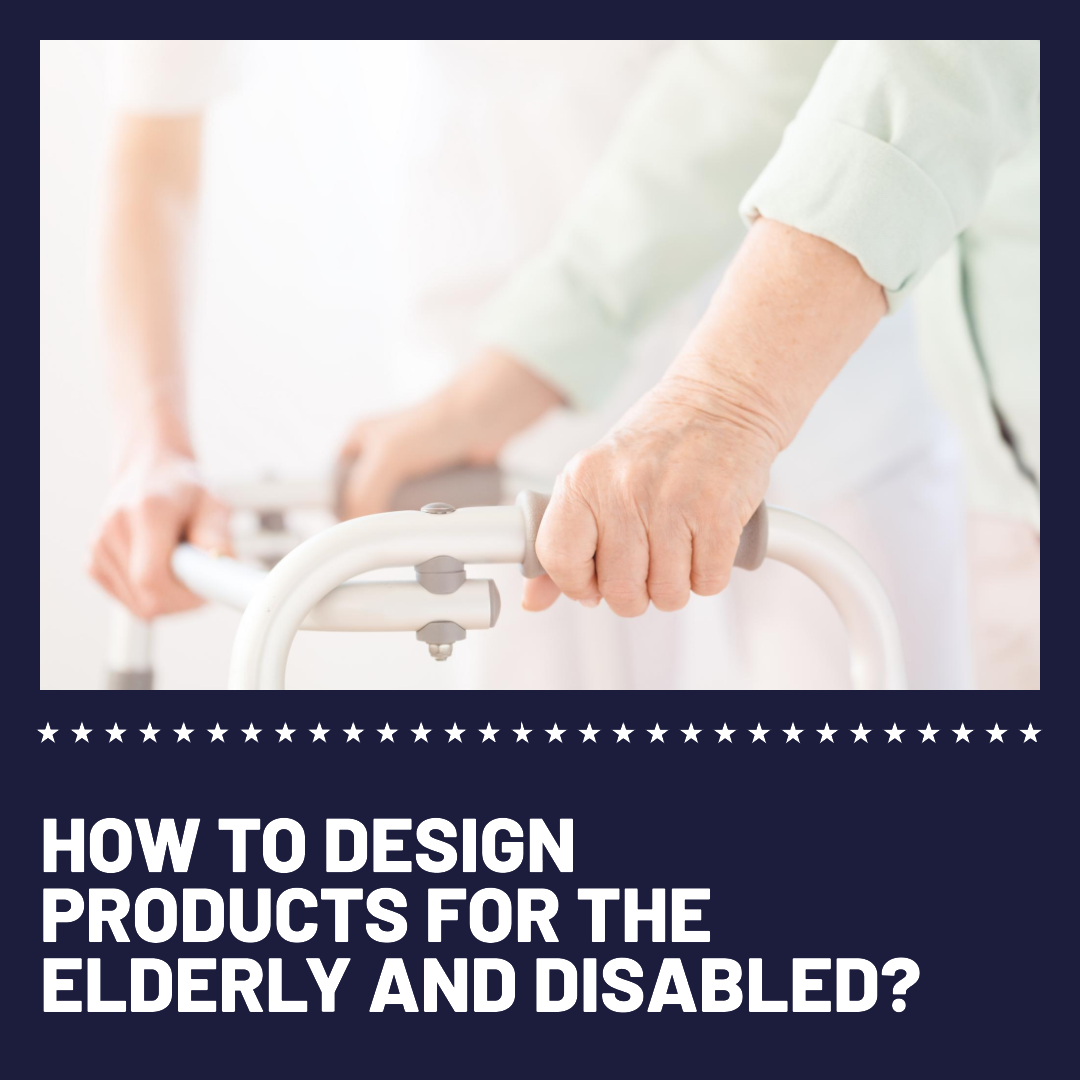How to design products for the elderly and disabled?
Introduction
The elderly and disabled population is growing rapidly, and with it comes a growing need for products that are designed specifically for their needs. When designing products for this population, it is important to consider their physical, cognitive, and sensory abilities.
In this blog post, we will discuss the key principles of designing products for the elderly and disabled. We will also provide tips and examples of how to design products that are both accessible and user-friendly for this population.
Key principles of designing products for the elderly and disabled
Here are some key principles to keep in mind when designing products for the elderly and disabled:
- Accessibility: Products should be easy to reach and use for people with limited mobility. This includes using large fonts, high-contrast colors, and simple controls.
- Adaptability: Products should be adaptable to the needs of individual users. This may involve providing adjustable features, accessories, or alternative ways of using the product.
- Affordability: Products should be affordable for the elderly and disabled population. This is especially important for products that are essential for daily living.
- Aesthetics: Products should be aesthetically pleasing, even if they are designed for the elderly and disabled. This is important because it can help to promote independence and dignity.
Tips for designing products for the elderly and disabled
Here are a few tips for designing products for the elderly and disabled:
- Involve users in the design process: Involve elderly and disabled people in the design process to get their feedback on product concepts, prototypes, and final products. This will help to ensure that the products meet their needs.
- Consider the user’s abilities: Consider the physical, cognitive, and sensory abilities of the target user when designing products. For example, if the target user has limited mobility, avoid using small or complex controls.
- Make products easy to use: Products should be easy to use for people with all levels of ability. Avoid using complex instructions or jargon.
- Provide clear feedback: Products should provide clear feedback to the user, such as audible or visual cues. This can help to prevent errors and make the products more user-friendly.
- Test products with users: Once a product is designed, test it with elderly and disabled users to get their feedback and make sure that it meets their needs.
Examples of products designed for the elderly and disabled
Here are a few examples of products that are well-designed for the elderly and disabled:
- Amplified phones: Amplified phones are designed for people with hearing loss. They have a louder ringer and volume, and they may also have features such as tone control and noise reduction.
- Reach extenders: Reach extenders are designed for people with limited mobility. They allow users to reach items that are out of arm’s reach, such as objects on high shelves or on the floor.
- Large print books and magazines: Large print books and magazines are designed for people with low vision. They have larger fonts and higher contrast, making them easier to read.
- Talking watches: Talking watches are designed for people with visual impairments. They announce the time and other information audibly.
- Wheelchair ramps: Wheelchair ramps are designed to provide access to buildings and other places for people with limited mobility. They allow wheelchair users to go up and down stairs and other obstacles without assistance.
Conclusion
Designing products for the elderly and disabled is important because it can help them to live more independent and fulfilling lives. By following the tips in this blog post, you can design products that are accessible, adaptable, affordable, and aesthetically pleasing for this population.








